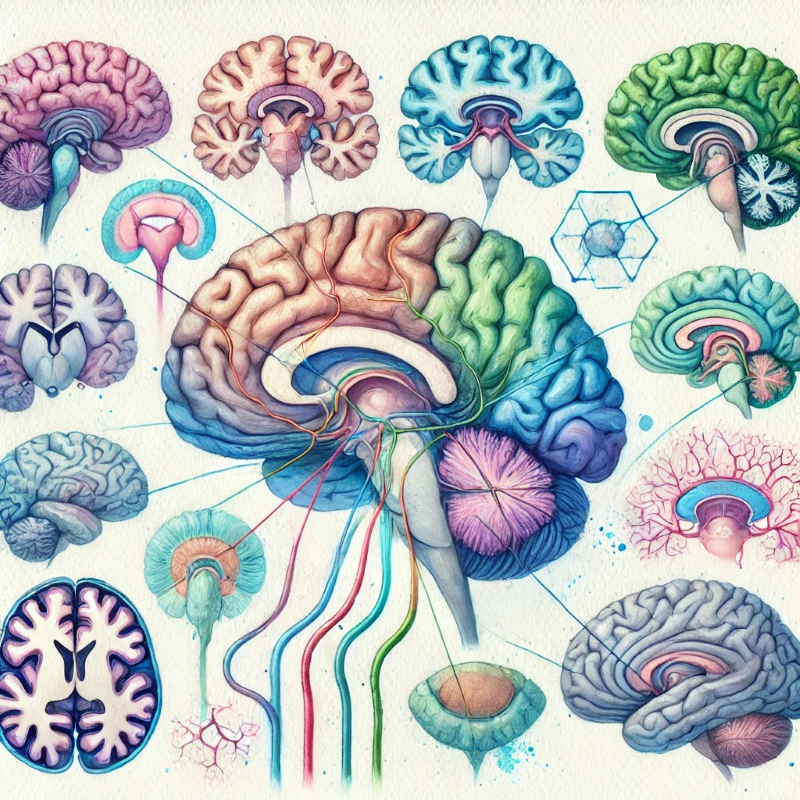Understanding the Types of Parkinson’s and Parkinsonism

Navigating the complexities of Parkinson’s disease (PD) and its various forms can be challenging. This blog post delves into different types of Parkinsonism, highlighting the importance of accurate diagnosis and personalized treatment strategies. Parkinsonism encompasses several conditions with motor symptoms like bradykinesia (slowed movements), tremors, balance loss, and stiffness. Understanding these distinctions is vital for healthcare providers and patients alike.
What is Parkinsonism?
Parkinsonism is a syndrome characterized by a range of motor symptoms. There are numerous types, each classified by their cause and progression. Identifying the correct type of Parkinsonism is crucial as it helps neurologists prescribe effective treatments and predict disease progression.
Types of Parkinson’s
There isn’t a definitive test for diagnosing specific types of Parkinsonism. This diagnostic ambiguity means that it can take years before receiving an accurate diagnosis. Symptoms of various types of Parkinsonism overlap significantly, making it difficult to pinpoint the exact condition. An accurate diagnosis is more likely when conducted by a movement disorder specialist.
Parkinson’s Disease
The most common form of Parkinsonism is Parkinson’s disease, accounting for about 80% of cases. The cause of most Parkinson’s cases remains unknown, hence the term idiopathic Parkinson’s (idiopathic means “cause unknown”). It affects the brain’s basal ganglia and substantia nigra, where dopamine-producing cells die off, disrupting smooth muscle movements. Researchers estimate that parkinsonian symptoms begin when dopamine levels fall to approximately half of normal levels.
Subtypes of Parkinson’s Disease
- Late-onset Parkinson’s Disease: Symptoms appear after age 50 and represent most PD cases.
- Early-onset Parkinson’s Disease: Symptoms develop before age 50, accounting for roughly 10% of PD cases. It has a slower progression but often involves more medication side effects.
- Juvenile-onset Parkinson’s Disease: Symptoms occur before age 20 and are extremely rare, often with a strong family history of Parkinson’s.
- Familial Parkinson’s Disease: Caused by genetic variants inherited from parents, making up 10% to 15% of PD cases.
- Parkinson’s Disease Dementia (PDD): Develops in 50% to 80% of PD patients, usually about ten years after the initial diagnosis.
Secondary Parkinsonism
Unlike Parkinson’s disease, secondary parkinsonism arises from other causes like medications or strokes and typically does not progress. It does not respond to typical Parkinson’s drugs. Drug-induced Parkinsonism, caused by certain medications, is the second most common type of parkinsonism. Symptoms may resolve after discontinuing the medication. Vascular Parkinsonism is caused by strokes and typically affects the legs, appearing suddenly rather than progressing gradually.
Atypical Parkinsonism
Atypical parkinsonisms are conditions with parkinsonian motor symptoms but do not respond well to standard Parkinson’s medications. These include:
- Multiple System Atrophy (MSA): A rare condition that affects motor control and the autonomic nervous system. MSA has two subtypes:
- MSA-P: Resembles Parkinson’s but progresses faster.
- MSA-C: Leads to coordination and balance issues.
- Progressive Supranuclear Palsy (PSP): Causes severe disabilities within three to five years, affecting movement and cognitive functions.
- Dementia with Lewy Bodies (DLB): Characterized by early cognitive symptoms and later motor symptoms. DLB often mimics Alzheimer’s and Parkinson’s disease, making diagnosis challenging.
- Corticobasal Degeneration (CBD): A rare condition affecting the cerebral cortex and basal ganglia, often leading to asymmetrical motor symptoms and rapid progression.
Importance of Accurate Diagnosis
Accurate diagnosis of the type of Parkinsonism is essential for effective treatment. Misdiagnosis can lead to ineffective treatment plans and increased patient frustration. Neurologists specializing in movement disorders are better equipped to differentiate between the various types of Parkinsonism, offering more tailored treatment options.
Conclusion
Understanding the various forms of Parkinson’s and Parkinsonism is crucial for effective management and improving patient quality of life. Each type has unique symptoms, progression patterns, and treatment responses. If you or a loved one are experiencing symptoms, consulting with a movement disorder specialist can provide clarity and guidance.
Keywords: Parkinson’s disease, Parkinsonism, Parkinson’s disease dementia, multiple system atrophy, progressive supranuclear palsy
Disclaimer: AI-generated medical content is not a substitute for professional medical advice or diagnosis; I hope you found this blog post informative and interesting. www.parkiesunite.com by Parkie.
DALL-E Prompt: “Watercolor painting of various human brain regions affected by Parkinson’s disease and parkinsonism. Illustrate dopamine pathways and show different types of Parkinsonism conditions with subtle colors representing different brain areas like the substantia nigra and basal ganglia, and incorporate gentle strokes to indicate the symptoms associated with each condition, such as tremors and stiffness.”
4o